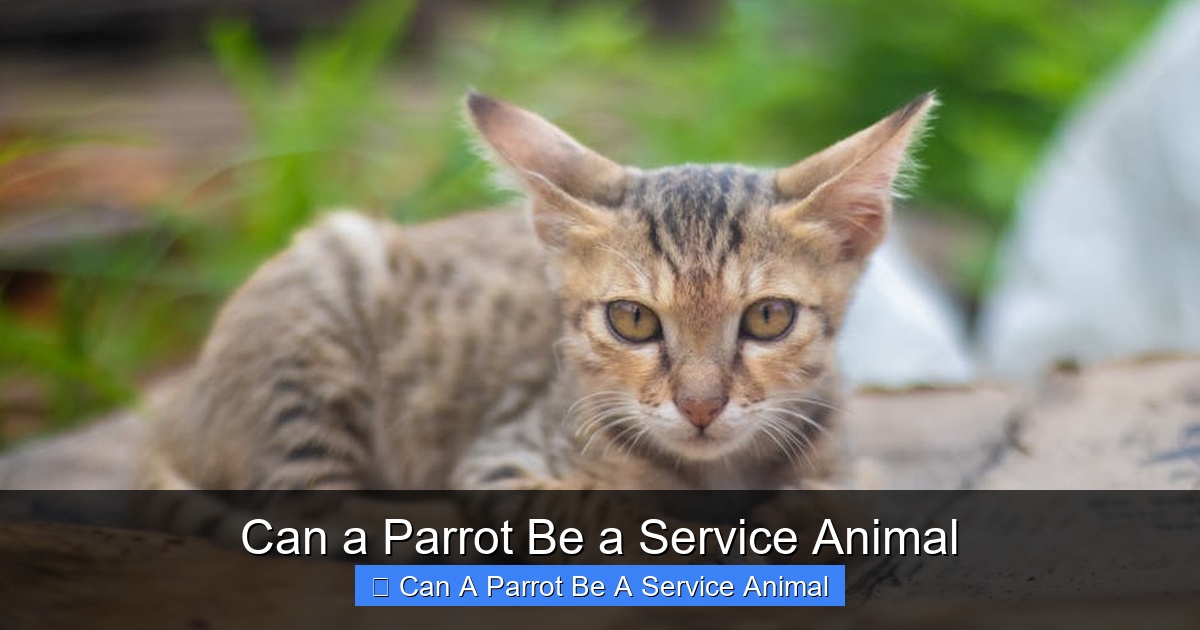
Featured image for this comprehensive guide about can a parrot be a service animal
This is a comprehensive guide about can a parrot be a service animal.
Frequently Asked Questions
What is can a parrot be a service animal?
can a parrot be a service animal is an important topic with many practical applications and benefits.
How can can a parrot be a service animal help me?
Understanding can a parrot be a service animal can improve your knowledge and provide practical solutions.
